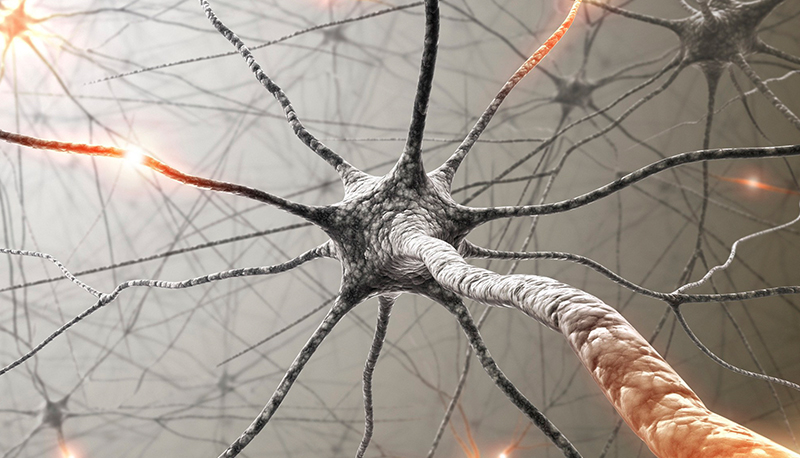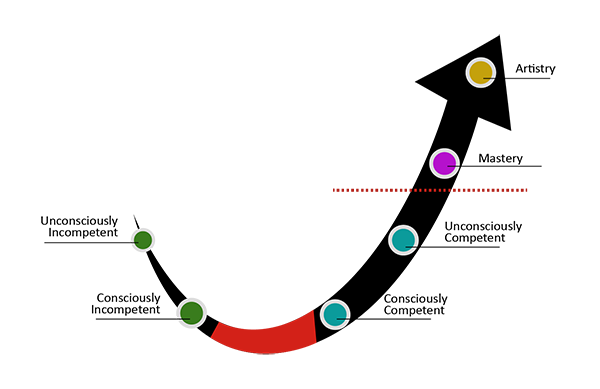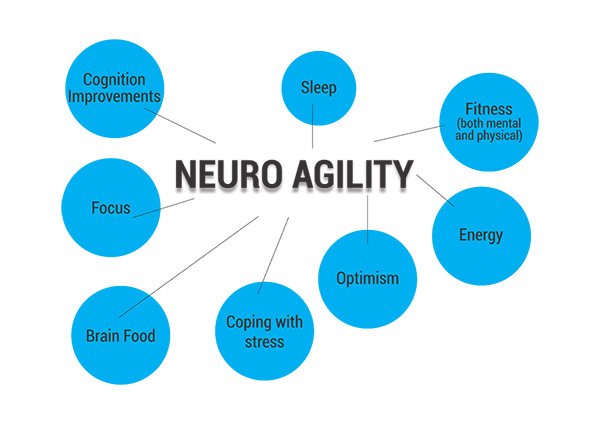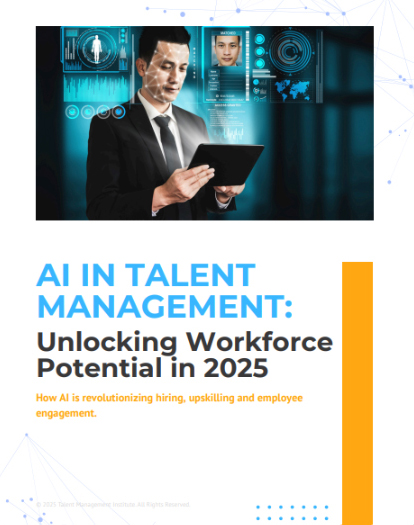
In the age of constant learning, unlearning and relearning, cognitive or neuro-agility is growing in importance like never before. While the basic premise of the concept is fairly simple, key drivers of its implementation in organizations lie with the ability to optimize learning and development initiatives at a micro level, and ensuring a well-rounded blend of workplace psychology and learning.
Neuroscience has made huge strides in the recent past, and the understanding of the basic premise and concepts of neuro-agility will enable talent managers to ensure that employees are ready to align to the newest disruptions in their industries and sectors. As the world moves towards a blended workforce, the core value of learning programs is moving on to multi-skilling, not merely up-skilling. Understanding and propagating neuro-agility in the workforce is a sure way to get to a new dimension in workforce productivity and a disruption- ready organization.
In the world of VUCA (Volatility, Uncertainty, Complexity, and Ambiguity), the most important skills listed by the global think-tank World Economic Forum highlight the importance of agility and adaptability. According to its ‘Future Of Jobs’ report, all of the top skills, (complex problem solving, critical thinking, creativity, people management, coordinating with others, emotional intelligence, judgment and decision making, service orientation, negotiation and cognitive flexibility) revolve around the abilities of the brain to rewire to new experiences and learning. Most importantly, it also stresses on the acceptance, and not resistance, to change.
Neuro-agility in the context of employee development contains several components that have been clustered together to form the primary drivers by industry experts and consultants:
Openness To Experiences : Being open to newer experiences and gaining perspectives from them is the most critical trait of being neuro-agile. For talent managers and CHROs, instilling this in the culture of the organization will go a long way towards making them flexible and adaptable to industry and market disruptions. It also opens up the pathways for experiential learning, making relearning and realignment faster and more efficient within the organization.
Ability For Perspective Shifts : Another important element is the shift in perspective. For cognitive based behavioral development to function effectively, it is crucial to be able to separate oneself from the perspective to the situation. Training and orientation towards developing a neutral perspective, differentiating a “reply” from a “response”, will enhance agility and lay the groundwork for a more balanced outlook.
Focus On Self-Assessment and Improvement : This may sound like an obvious pointer, but it’s included here because of how critical it is for development. Embedding organizational value and goals in employees’ minds enable them to judge from themselves whether they are moving towards, or away from, the organizational alignment. When expressed in the degree of organizational alignment, assessment becomes easier and management towards definitive, tangible performance become a function of habit, not effort.
Outside of performance enhancement, which is the obvious product, the most important and by far the most impactful area in talent management that holds promise for neuro-agility development is learning and development. Neuro-agility in learning and development is essentially the key to being proficient in a select few, and capable in many (functions or roles).

Achieving neuro-agility through learning and development towards organizational goals usually follows a specific pattern of development among a majority of the workforce. This begins at the ‘unknown unknowns’ in skills and gradually moves towards complete mastery in multi-plane cognitive skills.
In every organization, there are employees who are unconscious about their incompetence in certain required areas. As the neuro-agility initiatives kick in and the alignment is formed towards organizational goals, the employees become conscious about their incompetence in the required areas of work, or their inability to accurately grasp what is required of them. Thereafter comes the phase where the role of neuro-agility development is at its most crucial. This is where employees are required to be guided from being consciously incompetent to acquiring the skills till they get to the consciously competent stage. At this stage, they fully realize their potential in a particular role or skillset and are on the path to relearning a new skill, even as they show signs of competency in a desired job role without even being aware of it. The end is mastery of the skill, where the employee has fully grasped the entire spectrum of learning, their brains have been completely wired to the functions involved, and they can unconsciously perform it better and faster than others. This is when neuro-agility comes into play again to orient them towards a learning area, function or role.
Proven competencies in multiple functions add tremendous value to the profile of every employee and as a direct consequence, more productivity gets achieved with higher resource efficiency and lower investment. Growth is but a natural consequence for this phenomenon. In the case of neuro-agility, the realization that performance enhancement in an organization begins in the human brain is fundamental to developing neuro-agility. Similarly, talent development begins with the accurate assessment of the neural design (in this case, organizational behavior vis-à-vis individual employee) and the alignment towards organizational goals. Important factors that influence the neuro-agility phenomenon and should be prioritized by employees, and catalyzed by talent managers.

Experts and neuroscientists say that if encouraged by HR and talent management to instill these behaviors positively, employees can enhance their neuro-agility and absorb newer skills faster, more effectively and in better context of their industries and jobs. Alvin Toffler’s famous quote about the illiterate of the 21st century being those who cannot learn, unlearn and relearn is a stark reality today, even as automation and advanced AI is knocking at the door. Time to buckle up and go back to nurturing what started it all in the first place – the human brain.
Discover how AI is reshaping talent management with key insights on:


CredBadge™ is a proprietary, secure, digital badging platform that provides for seamless authentication and verification of credentials across digital media worldwide.
CredBadge™ powered credentials ensure that professionals can showcase and verify their qualifications and credentials across all digital platforms, and at any time, across the planet.

Please enter the License Number/Unique Credential Code of the certificant. Results will be displayed if the person holds an active credential from TMI.